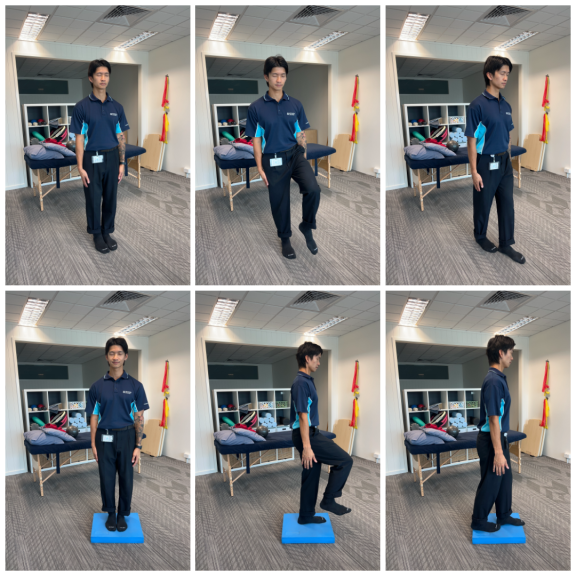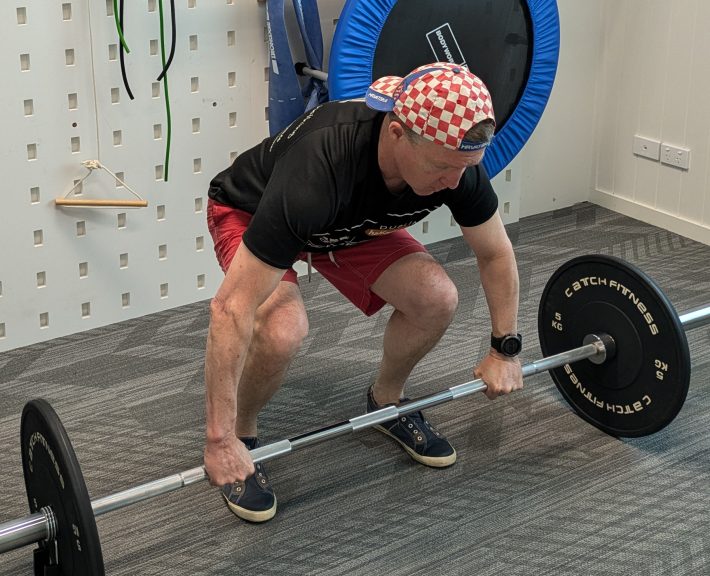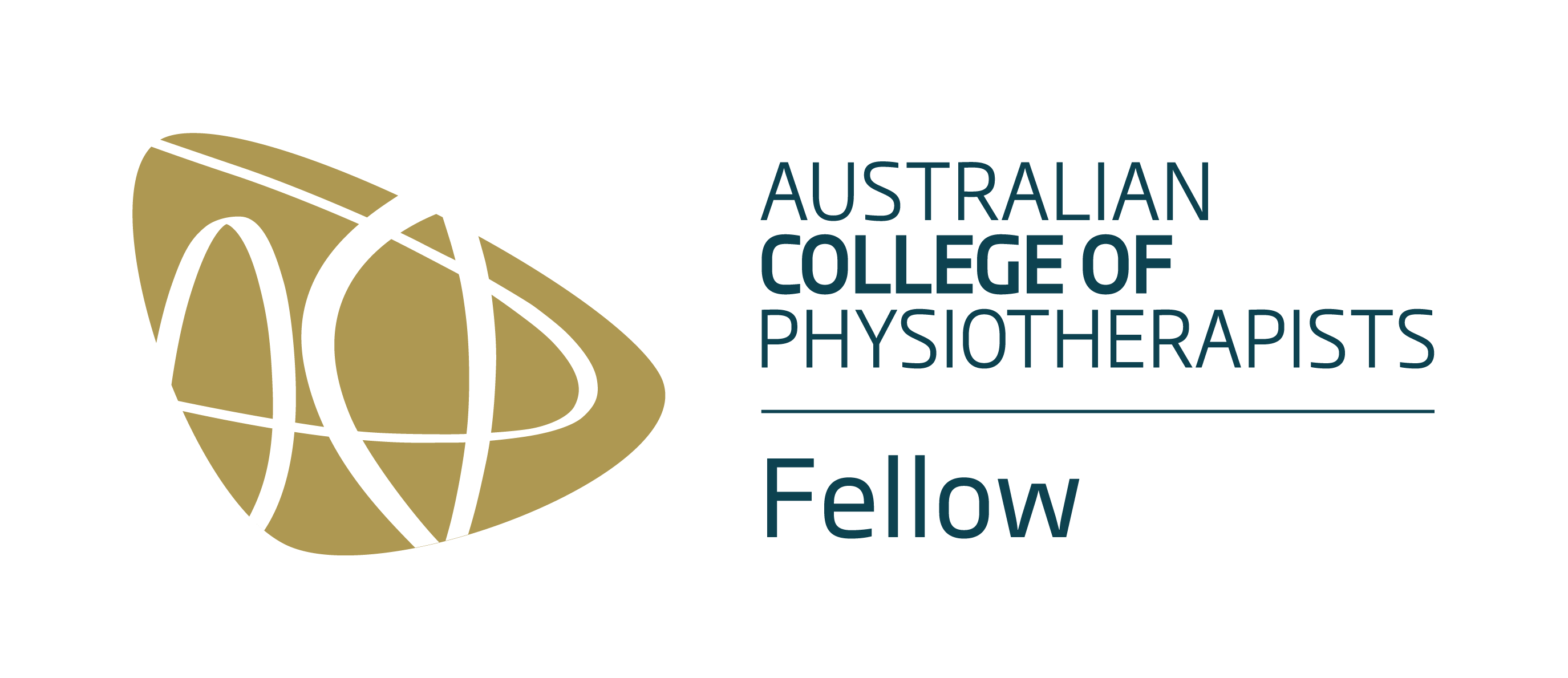In contact sports, concussion is a major concern. With more and more research being done investigating the short and long term side effects of concussion, it’s leading to many people becoming curious about the actual injury. Especially in the AFL as of late, there has been lots of discussion around rule changes, some of which are being welcomed while others think it is ruining the game. There has been plenty of conjecture which we won’t go into regarding this article, but we do aim to provide some insight into concussion itself. From reading this article, you should develop an idea about what actually is a concussion, how and what is happening to the individual suffering from the concussion, the risks, and how people like physiotherapists can help.
Simply, what is a concussion?
A simple way to describe a concussion is to say it is a mild traumatic brain injury that alters the brains function, usually temporarily (1). While some people may say that to call it a brain injury is over exaggerated, it is the best way to describe the injury. A concussion can damage brain tissue and change the chemical balance of the brain. How do we know this? Well, there is actually no imaging evidence that proves this, but what we do know is that there are chemical changes in the brain tissue, which lead us to believe that there is tissue damage within the brain itself.
The professional and consensus state surrounding what causes a concussion is as follows: Concussion may be caused by a direct blow to the head, face, neck or elsewhere on the body with an impulsive force transmitted to the head (1). So it doesn’t just have to be a head knock that can cause a concussion, it just has to be a hit that generates force which impacts the head itself. The “impulsive” force refers to a rapid acceleration/deceleration of the body which causes the brain to move rapidly within the skull. This can lead to a few major issues which lead to the process of a concussion:
1. The impulsive force causes a shearing force of the brain where one half of the brain shears on the other.
Or
2. Blunt trauma of the brain against the skull. Basically the impact causes the brain to be knocked around the hard bony surface of the skull.
Or
3. All of the above
It is also important to note that a concussion results in symptoms that may or may not involve loss of consciousness. You do not have to be knocked unconscious to suffer from a concussion. The acute clinical symptoms largely reflect a functional disturbance rather than a structural injury. Those functional symptoms include changes in attention, focus, and concentration which can be examined by your doctor, or some physiotherapists.
So, from what you’ve just read, you can now summarise what a concussion is. Just remember these few things.
- It is a brain injury.
- It is caused by an impulsive force
- It does not have to be caused by a head knock. It can be the neck, face or anywhere that generates force up towards the head.
- The force causes the brain to either shear against itself or rapidly hit the bony part of the skull or both which causes injury to the brain.
So, what happens to the person now? Why do they become dizzy? Nauseous? Unstable? Sensitive to light? Sound? Exercise? Here is what is happening and why…..
A concussion typically results in the rapid onset of short lived-impairment of function that resolves spontaneously. However, in some cases, symptoms and signs may evolve over a number of minutes to hours. So what is happening in this process here? There is plenty of medical jargon which can be used, but we are going to go for the simple explanation today.
The first step in the process of a concussion is our nerves immediately go into shock. The function of our nerves is to transmit information to and from the brain. When in shock, they are unable to do this job very well. So our nerves that help keep our body balanced, they can’t do so and we become unsteady. Our nerves that help with telling our muscles what to do, they become very bad at being able to do this and we struggle to accurately use our muscles. Our nerves that help us with sensory info like paying attention, they also become very bad at this and lead us to struggle with paying attention to simple tasks.
There is also a type of chemical our nerves need to communicate with the brain and this is called glutamate. All you need to know is this chemical plays a role in helping our brain function and helps us with tasks like memory and learning. It helps calm our nerves so they can do all the important tasks they need to do. When our nerves are in shock, this glutamate chemical doesn’t communicate well with the brain, so the messaging process becomes pretty disorganised (1).
These two processes are mainly why people who are concussed feel dizzy, poor with memory, poor with attention. The nerves and brain can’t communicate. It is also important to note that studies have shown a decreased blood supply to the brain in the process of concussion, which impacts the health of tissue in the brain. So we have:
- Not enough nutrients going to brain tissue.
- The chemical required to help these processes can’t function, as the nerves aren’t working optimally.
- If the nerves aren’t working well, the brain and it’s messaging is going to be all over the place.
- Thus, our overall ability to function becomes all over the place. We become dizzy, unable to pay attention, unable to concentrate, unable to be balanced and so forth.
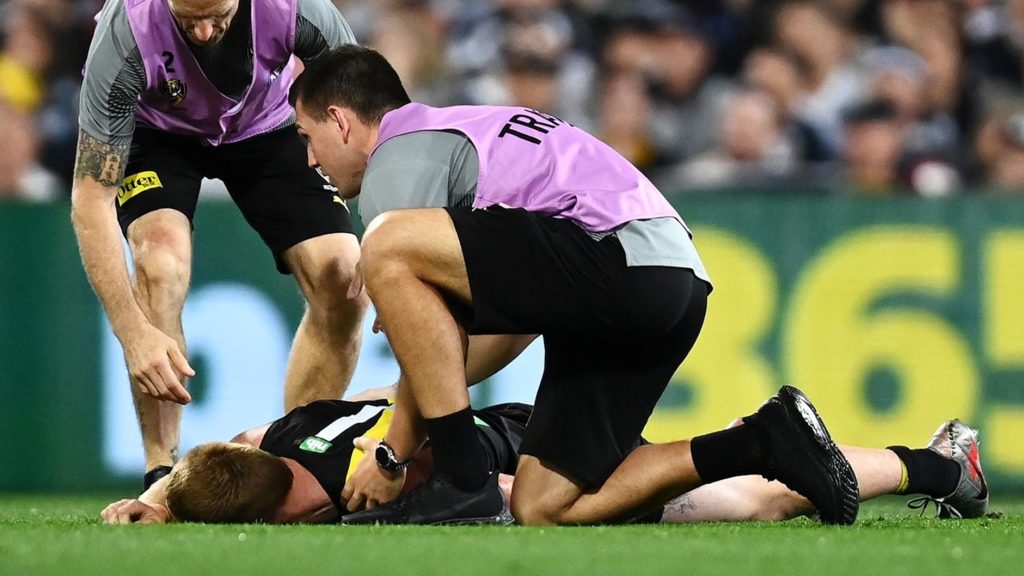
The Serious Stuff…What are the risks?
The consequences of one concussion are generally not that serious and do not lead to long term symptoms for the person. But those who have suffered numerous concussions, and continue to become concussed, risk suffering from significant brain damage and serious disease in the future.
First, let's start with chronic traumatic encephalopathy, or as some people know from its abbreviated term, CTE. CTE is caused by repetitive trauma to the brain. What happens is that the direct trauma as described earlier, can lead to tissues and cells in the brain becoming dysfunctional in a sense. We have a protein in the brain called the tau protein. In simple terms, it plays a vital role in keeping our nerves healthy and functioning in the brain. It’s been found that direct trauma to the brain causes this tau protein to go a bit haywire, and it starts to malfunction, impacting other proteins around it, which eventually causes this reaction where the once helpful tau protein starts going around and killing off brain cells (2).
As of now, CTE can only be diagnosed via autopsy, so there is no way to determine whether one has CTE while still alive and functioning. There is no cure, but the symptoms can be managed. Be on the lookout for,
- Depression
- Impulse control problems
- Aggression
- Mood swings
- Paranoia
- Anxiety
CTE has been found in athletes in professional sports from boxing, AFL, NFL and soccer players to name a few. So those that play those sports are at increased risk of suffering from CTE. This also means local and community players are just as likely, if not at greater risk of CTE, as many local sports science and health staff are limited which can lead to concussion going undiagnosed. Unfortunately, concussion has also been found to have increased risk for dementia later in life. On the best data available, traumatic brain injury is 2-4x more likely to lead to dementia (2) (3).
So as you can see, the risks are serious and severe. It has been a major talking in the AFL as of late, as players who have played over the last 30-40 years, are starting to see the repercussions of their concussions today. Even Paddy McCartin, who is an AFL player for the Sydney Swans has described his symptoms today, at just 26 years of age. He has suffered from 10 concussions in his AFL career, and has had long bouts of light sensitivity, headaches and depression. His career is now in jeopardy after his most recent concussion, and there is a consensus that he may never play football ever again.
How Is Concussion Diagnosed and Treated?
Diagnosis for a concussion is still being studied today, in terms of what is the best tool available to get an accurate diagnosis. Most sports physicians and sports physios can diagnose concussion through a physical examination and some concussion specific questionnaires. At elite sporting clubs, they will do baseline testing of concussion specific tests assessing recall and attention, and compare those aspects of function when someone is suspected of having a concussion. An example is the stroop test, which you can find an image of below.
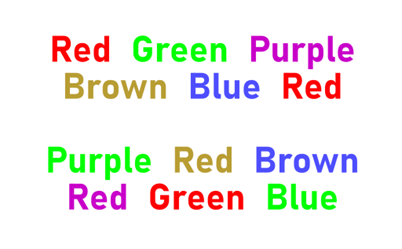
The first level of the stroop test is one being able to accurately read the top lines out loud. The bottom lines make it a bit harder, as the colours do not line up accurately with the words themselves. You ask the person to read out the words, and then the colours of the words comparing times and ability to baseline testing. This is just one example of a test that can be used, but there are many more your health practitioner will likely use in assessment.
Treatment for a concussion can vary. There is lots of retraining around the head, neck and eyes. Working on coordination between those areas is crucial to proper functioning on the field. Being able to use your vision, move your head and think without getting symptoms, is the goal of treatment. There is also an element of gradually exposing the individual to their usual environment (2) (4). Sometimes just chucking a player straight back into full training once their symptoms at home are gone, can sometimes reaggravate the symptoms again, as their brain isn’t ready for that higher level of processing. It’s important to see a professional who has a good understanding about diagnosing and treating concussion.
What You Should Take Away From Reading this Article…
Hopefully you have a better understanding about what a concussion actually is, how it happens, the risks and how your physio can help. You can see how serious and severe concussion injuries can be, but research is still ongoing. In the next few years, we will have better diagnostic tools such as better imaging studies, more of an understanding of the risks and long-term implications of concussion. The important thing to remember, is that concussion is a brain injury and can be serious. It requires management by a health professional, whether it be your first or fifth concussion. Make sure to seek help from a professional to help diagnose and manage your injury. At Peak MSK, we are here to help. If you are suffering from or have suffered from a concussion, you can give us a call on 9533 5305 and make an appointment.











